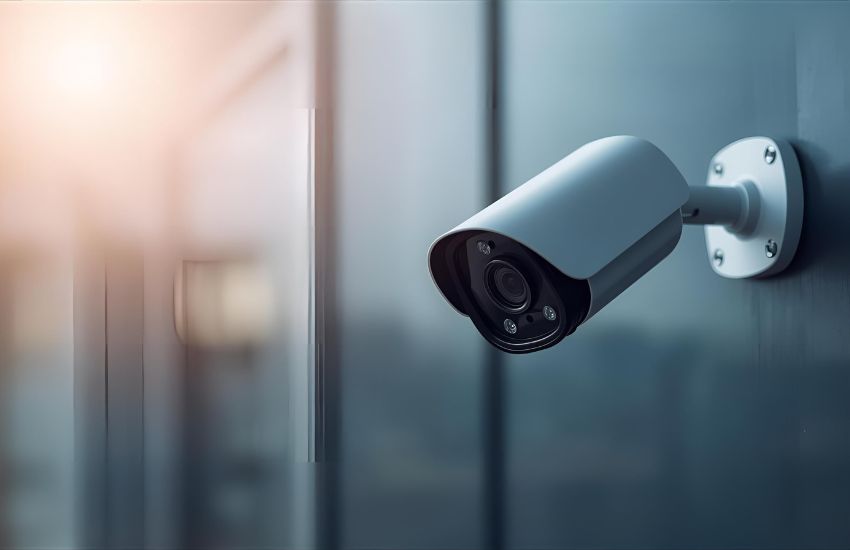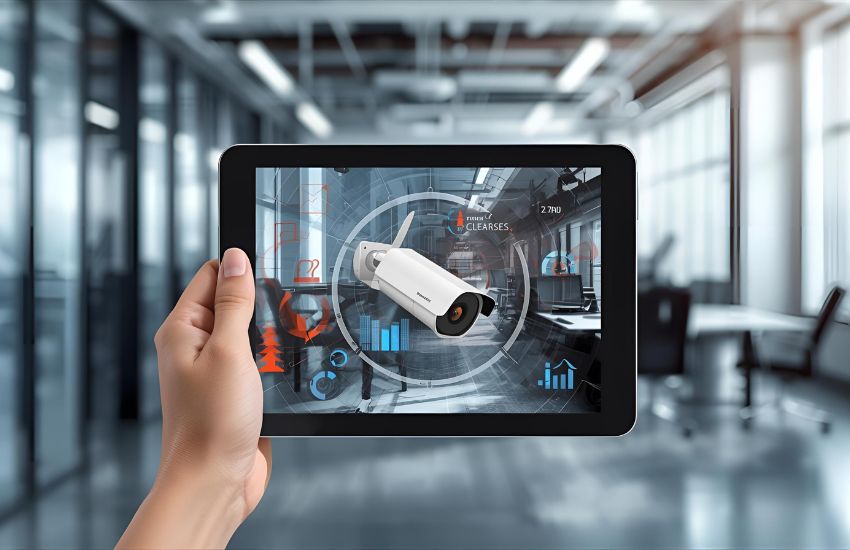What makes AHD security cameras stand out in today’s evolving landscape of surveillance solutions? When reliability and modern performance are priorities, understanding the advantages of AHD technology becomes essential. Unlike traditional analog cameras, AHD cameras deliver high-definition video quality that meets the demands of contemporary CCTV systems without the complexity or cost of IP cameras.
AHD security cameras are essential for reliable and modern surveillance solutions due to their high-definition video quality and easy integration with existing analog systems. They provide clear images over long distances without latency, ensuring effective monitoring. Their compatibility with HD-TVI and HD-SDI technologies makes them versatile for various security needs, enhancing overall surveillance performance.
In this blog, you will explore why AHD security cameras are integral to reliable, modern video surveillance systems. We’ll discuss their key benefits, how they compare to other camera types like TVI and HD-TVI, and why they are a smart investment for enhancing your security setup.
Understanding AHD Security Cameras: The Future of HD Analog Video Surveillance Systems

AHD security cameras represent a significant advancement in analog HD surveillance technology, combining the simplicity of traditional analog systems with the clarity of high-definition video. As a camera type, AHD has gained widespread recognition for its ability to transmit 1080p resolution video signals over coaxial cables without the latency or compression issues common in older analog HD setups. This makes AHD security cameras a reliable choice for those who want to upgrade their existing analog infrastructure without investing in entirely new IP-based systems.
When comparing AHD with other popular technologies like CVI and TVI cameras, it’s important to understand their unique strengths. While all three offer analog HD solutions, differences in video signal processing and transmission distances can affect overall performance. The ongoing discussions around HD-CVI vs HD-TVI vs HD-AHD highlight how each camera system caters to specific surveillance needs. For example, TVI and AHD often share similarities in installation ease and image quality, but subtle variations in compatibility and signal stability may influence your choice.
Choosing AHD security cameras means opting for a proven analog HD security camera type that delivers consistent high-definition video quality while maintaining the benefits of a traditional camera system. This balance of innovation and practicality positions AHD as a future-ready solution in the evolving landscape of video surveillance.
See more about…CMS DVR Software
Comparing AHD, TVI, and CVI Cameras for Reliable and Modern CCTV Surveillance Solutions

Overview of Analog HD CCTV Technologies
As you evaluate options for upgrading your security systems, understanding the landscape of newer HD-CCTV cameras is essential. AHD, TVI, and CVI cameras represent the leading analog high definition solutions that bridge the gap between traditional analog CCTV and digital video technologies. These analog HD cameras deliver full HD video quality, often at 1080p resolution, while maintaining compatibility with existing coaxial infrastructure. This balance allows for cost-effective upgrades without sacrificing performance.
Differences Between These Technologies
To make an informed decision, you need to compare TVI vs AHD security cameras, focusing on key performance aspects. TVI (Transport Video Interface) cameras transmit uncompressed high-definition video using composite video interface technology, which enables long-distance transmission with minimal signal loss. AHD cameras also provide uncompressed HD video but may differ slightly in transmission range and signal processing.
While both AHD and TVI cameras excel in delivering high-resolution analog HD video surveillance, some users find that TVI cameras offer better compatibility with TVI DVRs, whereas AHD cameras may provide more flexibility in certain legacy systems. CVI cameras, on the other hand, also compete closely with TVI and AHD in terms of image quality and transmission capabilities, often supporting longer cable runs and better resistance to interference.
Practical Considerations for Your Surveillance System
When comparing TVI and AHD cameras, consider your current infrastructure and security needs. If you are working with traditional analog CCTV setups, upgrading to analog high definition cameras like AHD or TVI can significantly enhance your video quality without the complexities of IP cameras. CVI and TVI cameras tend to offer some advantages in transmission distance and DVR compatibility, while AHD camera technologies are praised for their simplicity and ease of integration.
Ultimately, choosing between AHD, TVI, and CVI cameras depends on the specific requirements of your security system, including budget, installation environment, and desired video resolution. By understanding the differences between these technologies, you can select the optimal analog HD camera type that ensures reliable, modern surveillance tailored to your needs.
See more about…Video Surveillance from Android & iPhone Mobile App
Conclusion
In conclusion, new HD-CCTV cameras such as HD-AHD and HD-TVI offer significant advancements in camera surveillance systems by delivering high-quality video while maintaining analog simplicity. When paired with reliable TVI DVRs, these technologies provide seamless integration and improved performance compared to older systems. While TVI video is known for its clarity and efficient transmission, occasional issues like TVI camera cuts can occur, but they are often manageable with proper setup. Understanding the distinctions between HD-AHD cameras and HD-TVI video helps you select the best solution tailored to your surveillance needs. Ultimately, investing in these modern analog technologies ensures a balance of reliability, high definition quality, and compatibility for your security infrastructure.
See more about…360 Degree Surveillance Camera
Frequently Asked Questions (Why AHD Security Cameras Are Essential for Reliable and Modern Surveillance Solutions)
Why are surveillance cameras important?
Surveillance cameras are important because they enhance security by monitoring activities, deterring crime, and providing valuable evidence in case of incidents. They help protect people, property, and businesses by ensuring constant vigilance. Cameras also promote accountability, improve workplace safety, and support law enforcement in investigations, making them a vital tool for maintaining safety and order.
What is AHD surveillance?
AHD (Analog High Definition) surveillance is a video monitoring technology that transmits high-definition video over standard coaxial cables. It allows resolutions up to 1080p or higher without the need for IP-based systems. AHD is cost-effective, easy to install, and ideal for upgrading older analog CCTV systems to HD quality while maintaining existing cabling infrastructure.
Why surveillance cameras as an effective way of preventing corruption in the work place?
Surveillance cameras are an effective way of preventing corruption in the workplace because they create accountability by monitoring employee activities and reducing opportunities for misconduct. Knowing they are being observed, workers are less likely to engage in dishonest practices. Cameras also provide recorded evidence, making it easier to investigate and address corruption, ensuring transparency and integrity.
What are the benefits of using an AHD camera?
AHD (Analog High Definition) cameras offer clear HD video quality over traditional coaxial cables, making them cost-effective and easy to install without rewiring. They support long-distance transmission without significant signal loss, provide real-time monitoring with minimal delay, and are compatible with existing analog systems. AHD cameras are reliable, affordable, and ideal for upgrading security setups efficiently.
